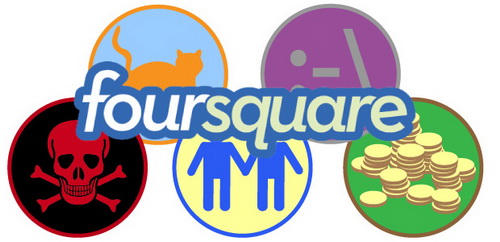体验环境和游戏目标成设计社交游戏新关注焦点
游戏邦注:本文作者为Gaurav Mishra,他在文中针对设计社交游戏提出了自己的相关看法。
游戏设计师及研究员Sebastian Deterding表示游戏有趣之处在于它为玩家提供学习新知识的积极体验:掌握新技能,解决谜题以及学习模式。
由于如下七大特点,游戏为学习塑造了最佳环境(游戏邦注:如留意及掌握规则模式):
* 游戏为玩家设定明确、可衡量性、可操作性、现实性及及时性的长期和短期目标。
* 游戏为玩家提供明确活动,通常以系列富有趣味性的决策或挑战呈现。
* 游戏明确划分挑战完成和目标实现之间的界限。
* 游戏使玩家清楚明白自己在目标实现过程及同其他玩家之间的关系中处于何种位置。
* 游戏给予玩家及时、清楚以及非常积极(和消极)的反馈。
* 随着玩家技能的提高,游戏会提供更为复杂的挑战,所以玩家能够持续处于动态。
* 游戏创造社交比较关系,促使玩家之间相互竞争,相互学习。
设计师希望借助游戏机制设计社交创新体验(Urgent Evoke)、用户应用(FourSquare)甚至是企业软件(Office Ribbon Hero)。
然而设计的最大挑战不在于如何引入游戏机制,而在于如何创造富有趣味性的环境,从而促使玩家将游戏体验当作自发活动及闲暇休闲娱乐,无需担心游戏结果。
所以,设计师不仅需要基于工具本身设计游戏机制,而且还需把游戏目标和体验环境考虑在内。
虽然我对白色标签游戏机制平台(游戏邦注:如 Bunchball和Big Door Media)情有独钟,但基于这些平台的应用同样富有深刻意义,其中融入的故事情节同样十分迷人。(本文为游戏邦/gamerboom.com编译,转载请注明来源:游戏邦)
Is Game Mechanics Enough to Create Meaningful Social Games?
Gaurav Mishra
Welcome to the Gauravonomics Blog for Marketers, Entrepreneurs and Activists! Follow the blog on RSS, Twitter or Facebook and you’ll never miss a post again!
Game designer and researcher Sebastian Deterding (@dingstweets) says that games are fun because they provide the player the positive experience of learning something new: mastering a new skill, solving a puzzle, recognizing a pattern.
Games create the optimal conditions to learn — notice and master rule patterns — because of the following seven characteristics –
#1: Games set specific, measurable, actionable, realistic and timed (SMART) short- and long-term goals for us.
#2: Games offer us explicit actions, designed as a series of interesting decisions or challenges.
#3: Games draw a clear relationship between completing the challenges and reaching the goals.
#4: Games tell us where we stand in relation to our goals and in relation to other players.
#5: Games give us instant, unambiguous, excessively strong positive (and negative) feedback.
#6: Games create more complex challenges for us as our skills grow, so that we stay in a state of flow.
#7: Games create social comparison to motivate us to compete with and learn from our friends.
Designers are trying to use game mechanics to design social innovation games (Urgent Evoke), consumer applications (FourSquare) and even enterprise software (Office Ribbon Hero).
However, the bigger design challenge here is not “how to include game mechanics”, but “how to create a playful context” that recognizes that gameplay is a voluntary activity, done at leisure, during free time, without serious consequences.
So, designers not only need to create the game mechanics based tool itself, but also the goals it seeks to achieve and the environment in which it will be used.
While I am excited about white label game mechanics platforms like Bunchball and Big Door Media, the applications that are built upon them will be only as meaningful as the goals they set out to achieve, and only as engaging as the storytelling they incorporate.(Source:gauravonomics)
上一篇:观察者总结社交游戏的十大设计原则









































 闽公网安备35020302001549号
闽公网安备35020302001549号